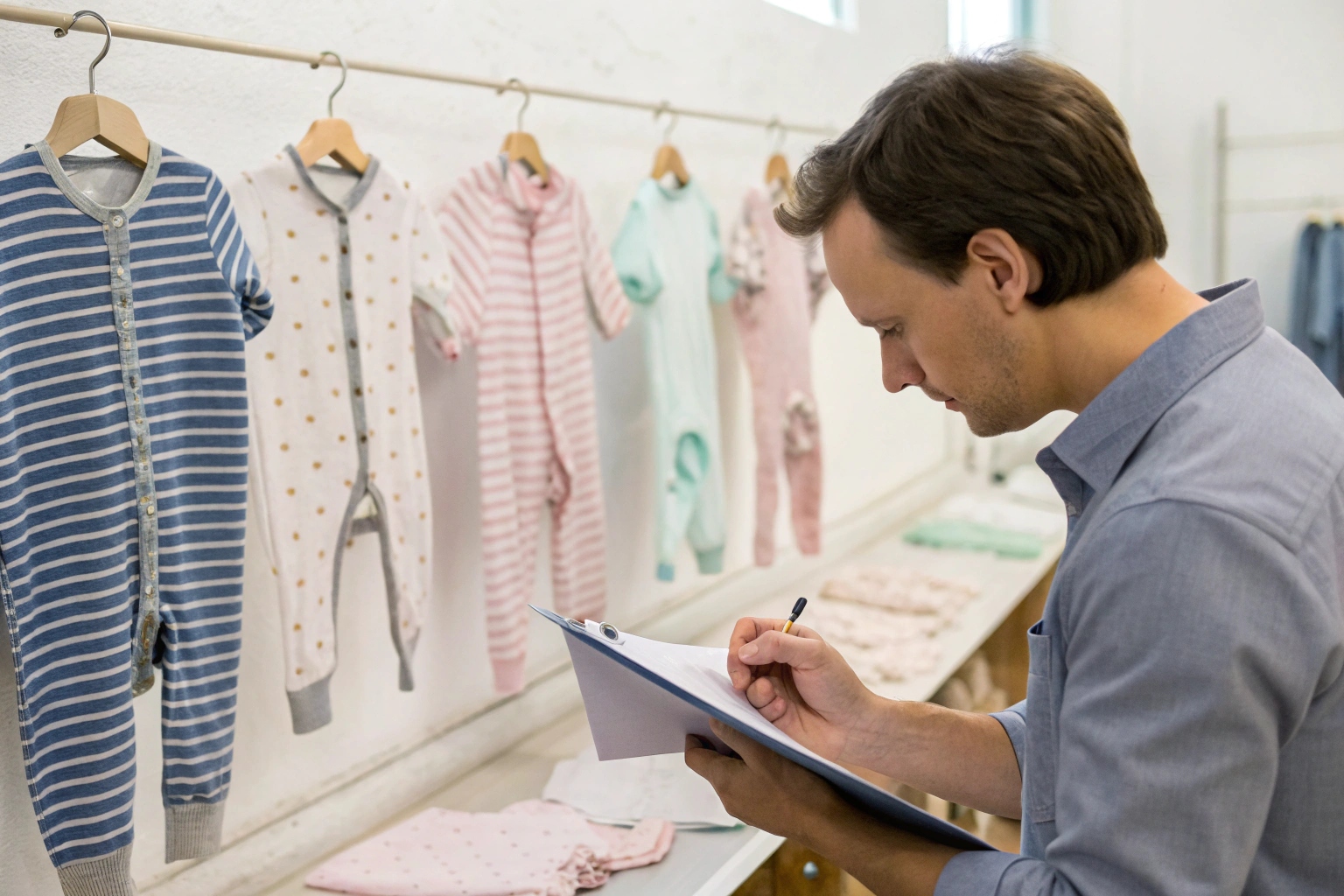Buying kids’ clothes wholesale is a smart way to lower costs, scale your business, and offer variety to your customers. But to get it right, you need to find reliable suppliers and understand what affects price and quality.
To buy kids’ clothes wholesale, research trusted suppliers, check product quality and certifications, compare bulk pricing, and understand import regulations if sourcing overseas. Always verify MOQ, lead time, and return policies before ordering.
This guide covers where to source, what to check, and how to navigate the wholesale process—especially for new or growing brands.
Where to Find Trusted Kidswear Wholesalers?
Finding the right supplier is the first and most important step in wholesale buying. A good partner will offer consistent quality, fair prices, and clear communication.
You can find trusted kidswear wholesalers through online B2B platforms, trade shows, industry referrals, and direct manufacturer outreach. Look for experience, reviews, and product focus.
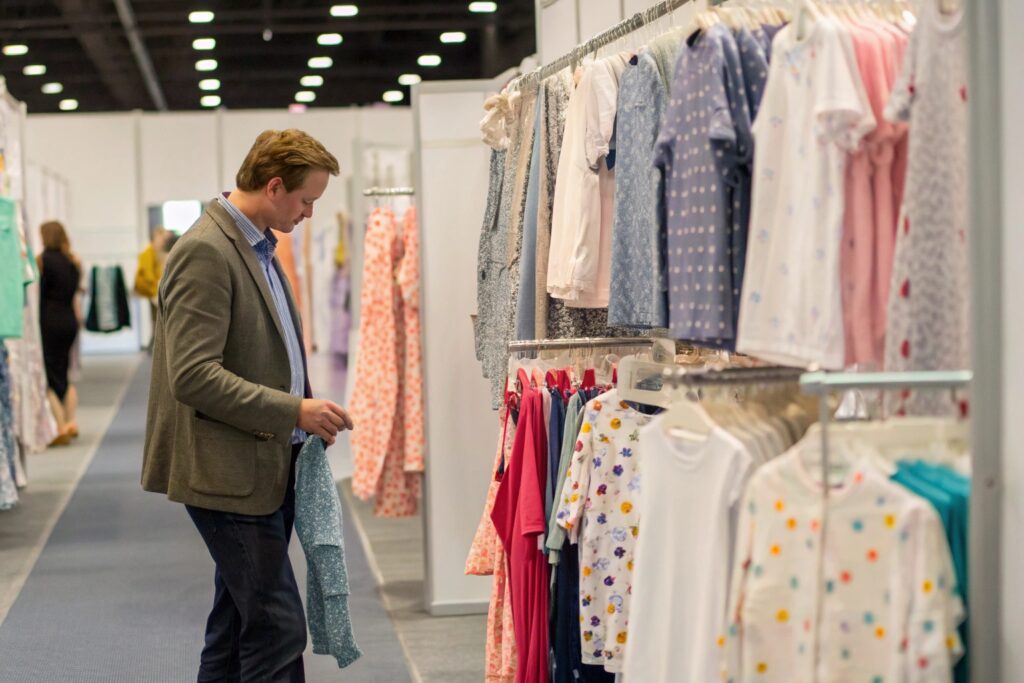
Best sourcing channels:
| Source | Why It’s Effective |
|---|---|
| Alibaba / Made-in-China | Wide range of kidswear suppliers with reviews |
| Trade shows (MAGIC, CBME, Playtime) | Meet vetted suppliers face to face |
| Google / LinkedIn search | Find local or international wholesalers |
| Wholesale platforms (Faire, Tundra, Abound) | Boutique-friendly suppliers |
| Manufacturer websites | Direct contact, custom options available |
What to ask upfront:
- Are they a manufacturer or a trading company?
- Do they specialize in baby and children’s clothing?
- What’s the MOQ per style, color, or size?
- Do they offer private label or branding services?
At Fumao, we supply wholesale baby and kidswear in flexible MOQs, with private label support and export-ready certifications for U.S. and Europe.
What to Check Before Buying Kids’ Clothes in Bulk?
Buying in bulk saves money, but it also comes with risk—especially if you don’t inspect the details first.
Before buying wholesale kids’ clothes, check fabric quality, stitching, size grading, safety compliance, and shrinkage after washing. Ask for samples and certifications before placing a large order.
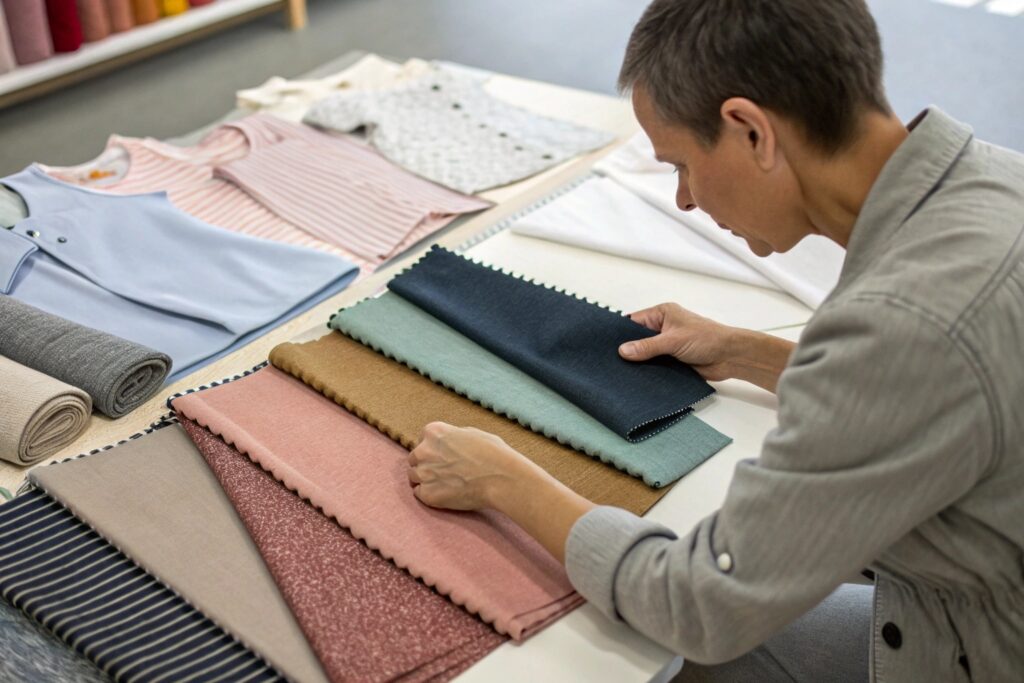
What to inspect:
| Feature | Why It’s Important |
|---|---|
| Fabric type | Affects comfort, shrinkage, durability |
| Stitching & seams | Impacts garment strength and appearance |
| Size range | Must match your market’s age breakdown |
| CPSIA / OEKO-TEX label | Confirms material safety for kids |
| Labeling & packaging | Should include size, care instructions, barcode |
| Color consistency | Prevent mismatched shades in bulk lots |
Checklist before confirming:
- Order samples in all sizes
- Check fit, stretch, and stitching finish
- Confirm wash test results (does it shrink or fade?)
- Review fabric spec sheet and compliance certificates
Fumao provides pre-production samples and OEKO-TEX fabric options for kidswear buyers, so quality is never a surprise.
How to Compare Wholesale Prices and Quality?
Low prices are tempting—but they don’t always mean good value. Comparing pricing must include quality, customization, and service levels.
To compare wholesale prices, evaluate unit cost by quantity, included services (packaging, labeling), and material grade. Balance price with consistency, safety, and fit to ensure long-term value.
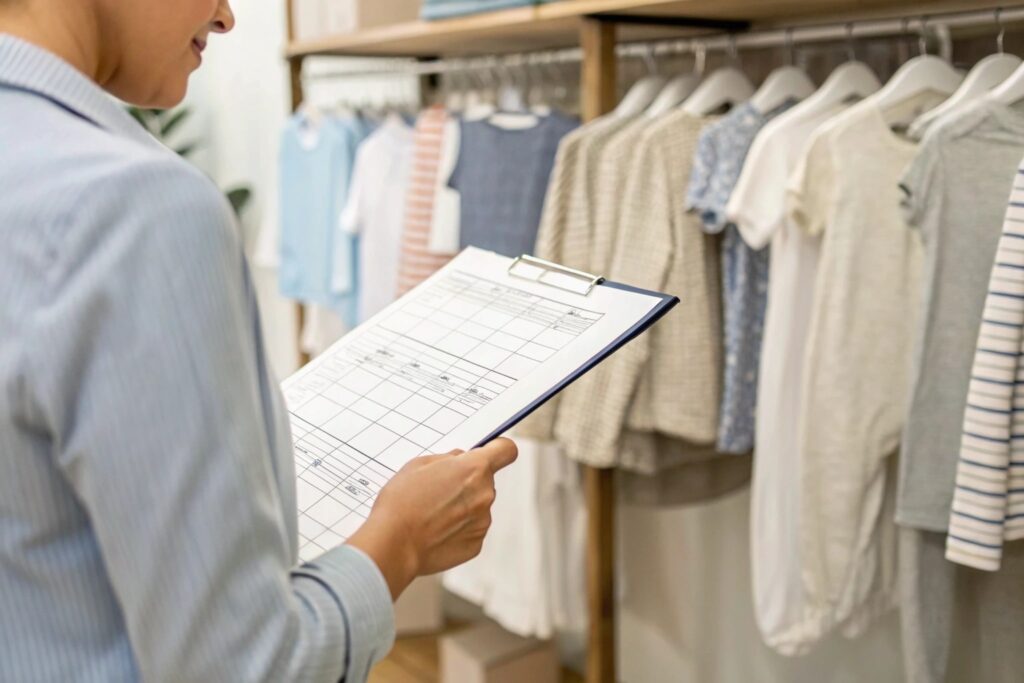
Factors affecting price:
| Factor | How It Impacts Cost |
|---|---|
| Fabric (cotton, organic, rPET) | Premium materials cost more |
| Order size (MOQ) | Larger orders get better pricing |
| Custom branding | Adds cost for labels, prints, packaging |
| Country of origin | Labor + logistics cost vary by region |
| Certifications | Testing and compliance add value + cost |
Sample pricing guide (per unit):
| Product Type | Basic Fabric (USD) | Organic Fabric (USD) |
|---|---|---|
| Baby bodysuit | $1.80–$2.50 | $2.80–$3.80 |
| Toddler tee shirt | $1.70–$2.30 | $2.70–$3.50 |
| Leggings or joggers | $2.50–$3.20 | $3.50–$4.50 |
Tip:
- Don’t forget to include shipping and duties when comparing quotes
- Ask if price includes size stickers, polybags, hang tags
- Always confirm if you’re getting FOB, CIF, or DDP pricing
At Fumao, our clients receive clear pricing with no hidden costs—plus optional add-ons for custom branding, packaging, and DDP service.
Tips for Importing Kidswear from Overseas Suppliers?
Importing kids’ clothes from overseas requires planning, paperwork, and trust. You’ll need to manage customs, taxes, and safety regulations.
To import kidswear, ensure products meet destination country standards, work with a customs broker, and use trusted logistics options. Always factor in duties, delivery timelines, and labeling rules.
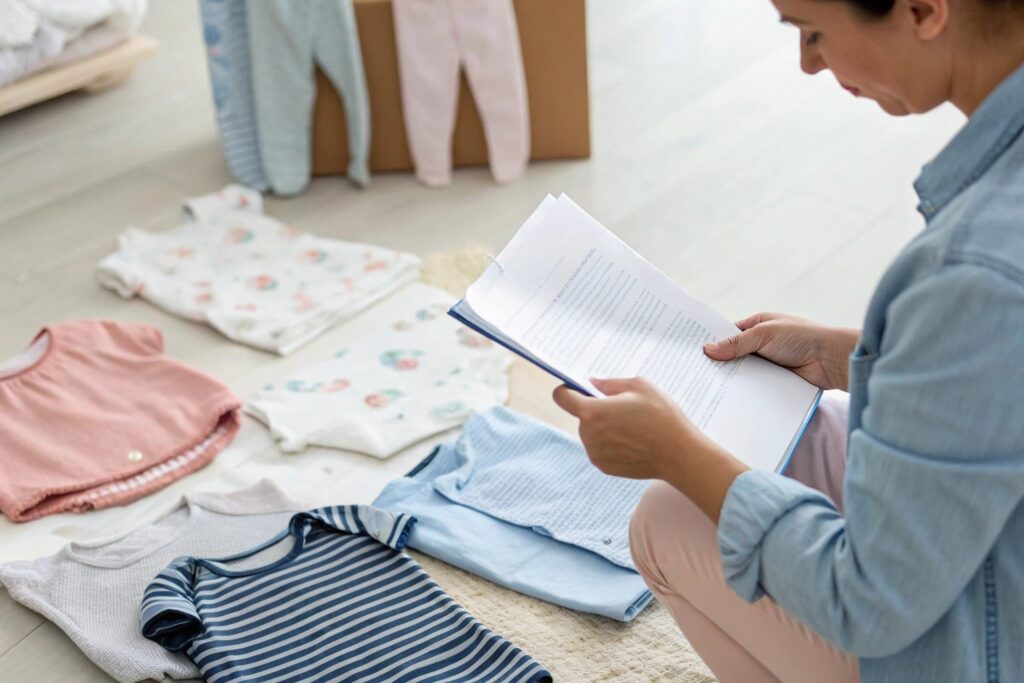
Steps for smooth importing:
| Step | What to Do |
|---|---|
| Product compliance | Ensure items meet CPSIA (US), EN 14682 (EU), or relevant local laws |
| Labeling | Garments should include fiber content, size, care, and origin |
| Choose shipping method | FOB, CIF, or DDP depending on your experience |
| Work with a customs broker | They help you clear goods smoothly |
| Factor in import taxes | Estimate VAT, duties, and entry fees upfront |
Popular shipping options:
| Method | Best For | Timeline |
|---|---|---|
| Sea freight | Large bulk orders | 25–45 days |
| Air freight | Urgent or smaller loads | 7–12 days |
| Courier (DHL/FedEx) | Samples, express orders | 3–7 days |
Fumao offers DDP service to North America and Europe—handling everything from factory to your door, including taxes, customs, and delivery.
Conclusion
Buying wholesale kids’ clothes is a smart move for growing brands and retailers—but only if you source carefully. Start with reliable suppliers, check quality in detail, compare full costs (not just price), and plan ahead for imports. With partners like Fumao, you can simplify the process and focus on growing your kidswear business with confidence.

